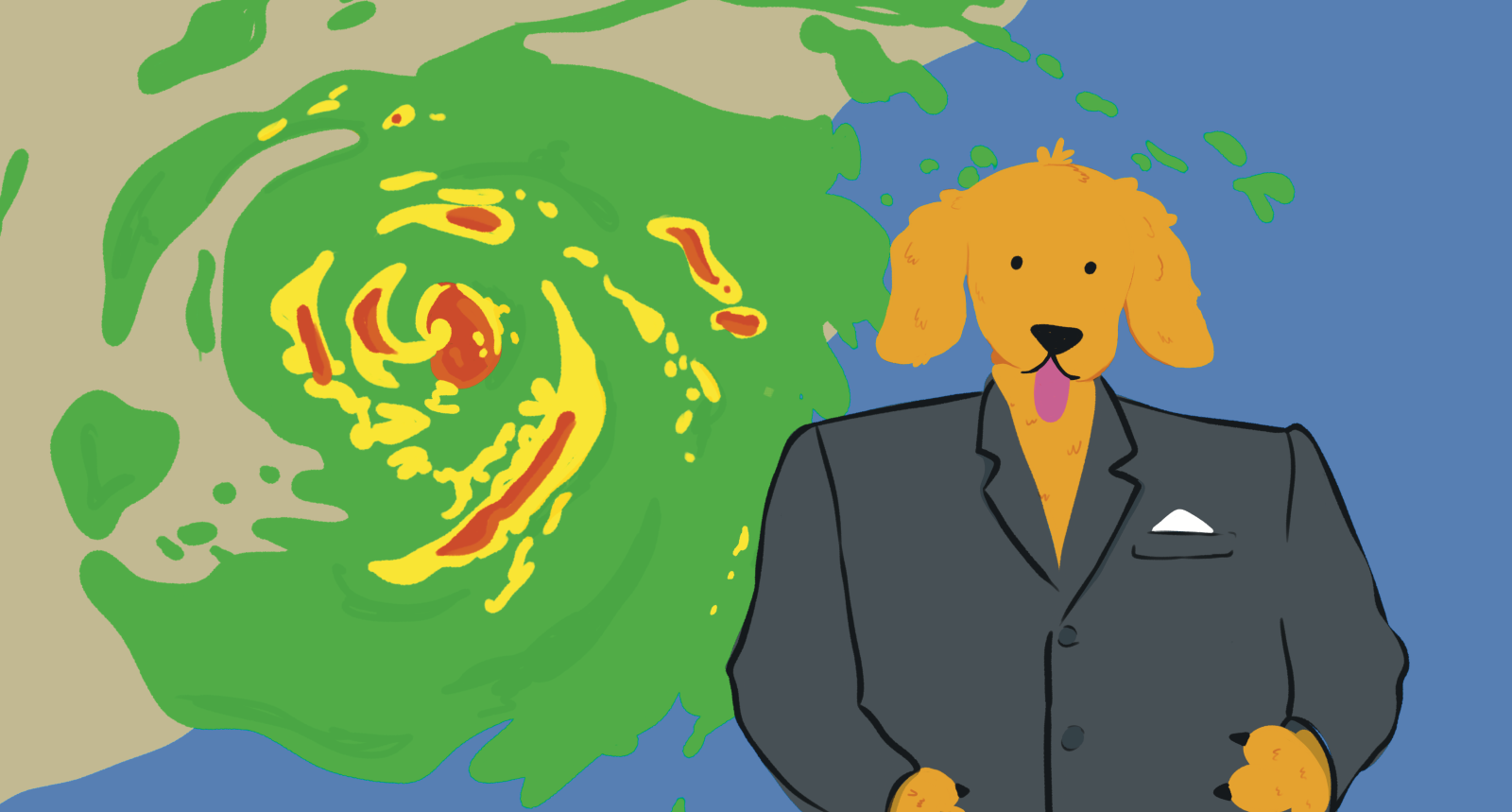Have you ever wondered how some creatures seem to have a knack for predicting the unpredictable? From plants subtly signaling rain to animals sensing impending disasters, nature is full of fascinating phenomena that leave us in awe of its mysteries.
There is anecdotal evidence of this occurring, dating all the way back to 373 BCE when the Greek historian Thucydides reported rats, dogs, snakes and weasels deserting the city of Helice in the days before a catastrophic earthquake. But simply demonstrating that animals possess this capability is insufficient scientific evidence.
However, a study published by Scientific Reports showed how birds might be able to detect hurricanes and cyclones a lot sooner than humans. A thrush species’ mating habits were a reliable indicator of the severity of the Atlantic hurricane season, according to a study that spanned 20 years.
“Plants and animals respond to their environment,” said Portland State Professor Mitch Cruzan. “They can use cues such as temperature and changes in day lengths to respond to what is happening.”
Contrary to popular belief, plants such as the silver thistle don’t possess the power of foresight. Instead, they react to subtle changes in their surroundings, such as humidity levels. “Plants don’t really anticipate what’s going to happen, but they do respond to what is happening,” Cruzan said.
J. Whitfield Gibbons—Professor Emeritus from the University of Georgia—pointed out that these abilities are not so much superpowers as finely tuned adaptations honed through evolution.
“Conventional wisdom has it that wildlife has an innate ability to detect earthquakes before they occur,” Gibbons stated. “Indeed, animals may sense subtle cues such as vibrations preceding seismic events, giving them a head start in reacting to impending danger. However, attributing mystical powers to their actions may be overstating the case.”
“Implications that animals not only detect an upcoming earthquake but actually do something to save themselves are probably overstatements,” Gibbons stated.
While animals may exhibit unusual behaviors before disasters, such as elephants trumpeting or dogs barking, these actions are likely instinctive responses to perceived threats rather than conscious predictions of doom or attempts at protecting themselves or us.
“First, I really don’t think animals or plants have any special powers beyond those that help them in their daily lives,” Gibbons stated. “For example, bats and dolphins can hear ultrasonic sounds; duckbill platypuses can detect electrical impulses created by a prey animal’s muscular activity; and some birds can navigate using the magnetic field from the North Pole. All are abilities that people do not have, but not superpowers.”
Despite the allure of tales linking animal behavior to impending disasters, scientific inquiry reveals a more nuanced reality. Studies conducted by researchers—such as Martin Wikelski from the Max Planck Institute of Animal Behavior—shed light on the intricate relationship between animals and their environment.
Wikelski’s research on farm animals in earthquake-prone regions offered intriguing insights into the potential for short-term earthquake forecasting. By monitoring animal activity patterns, Wikelski and his team observed consistent anticipatory behavior preceding seismic events, suggesting that animal behavior may indeed serve as precursors of impending earthquakes.
The researchers found evidence that the farm animals began to change their behavior up to 20 hours before an earthquake. Whenever the monitored farm animals were collectively 50% more active for more than 45 minutes at a stretch, the researchers predicted an earthquake with a magnitude above 4.0. Seven out of eight strong earthquakes were correctly predicted in this way.
“The closer the animals were to the epicenter of the impending shock, the earlier they changed their behavior,” Wikelski stated when the study was released in 2020.
Rachel Grant—a behavioral ecologist—came to similar conclusions while studying in South America. Within the Peruvian Andes’ Yanachaga National Park, she used motion-triggered cameras to record animal movement patterns for a period which included the 2011 Contamana earthquake, which had a magnitude of 7.0.
“The number of animals recorded on the camera traps started to decrease about 23 days before the earthquake—with the decrease accelerating eight days prior to the earthquake,” Grant stated in her 2015 paper on the research concerning the study. “On days 10, six, five, three, and two prior to the earthquake—and on the day of the earthquake—no animal movements were recorded, which is highly unusual.”
Grant also discovered that, two weeks before the earthquake, there was a pattern of strong perturbations in local atmospheric—electric charges every two to four minutes. This pattern might explain why animals in the area started acting differently. There was a particularly large fluctuation at the beginning of the second stage of the animals’ disappearance from view, which occurred about eight days before the Contamana earthquake.
According to an article by BBC, scientists are now exploring whether these electromagnetic perturbations in the atmosphere prior to earthquakes could be a warning sign of impending quakes—which animals may be sensing.
Severe stresses—known to generate electric charges called positive holes in deep rock—always occur just before an earthquake. Ionizing air molecules above their surface, these electrical charge carriers can swiftly travel from the Earth’s crust to the surface.
Worldwide, this ionization has been detected in the moments leading up to earthquakes. This could be an extra signal that some animals can detect—the generation of these ultra-low-frequency electromagnetic waves by the positive holes as they move.
However, skepticism remains a crucial guiding principle, as with all scientific endeavors. The United States Geological Survey cautions against attributing too much significance to changes in animal behavior, emphasizing the need for reproducible evidence before drawing definitive conclusions.
Regarding catastrophe prediction, not all experts agree that animal early warning systems are the way to go. It’s essential to approach each discovery with curiosity and skepticism. While anecdotes may captivate our imagination, rigorous scientific inquiry serves as our compass in navigating the complex tapestry of the natural world.
Using sensor tags, scientists have been able to get answers to important questions about animal behavior. However, the information we obtain from these creatures still only provides a partial view of the entire picture.
So, the next time you marvel at a plant’s uncanny response or an animal’s seemingly prescient behavior to changing weather, remember that nature’s secrets are not easily unraveled. However, through diligent research and unwavering curiosity, we continue to unlock the mysteries of the world around us, one discovery at a time.






